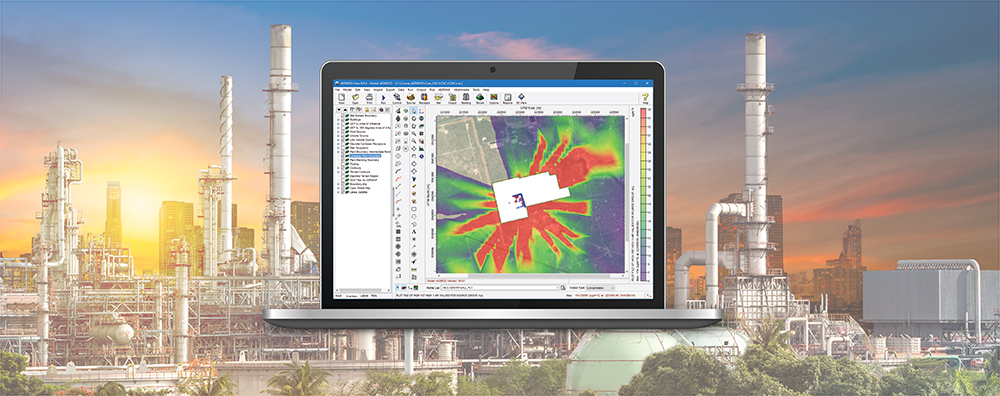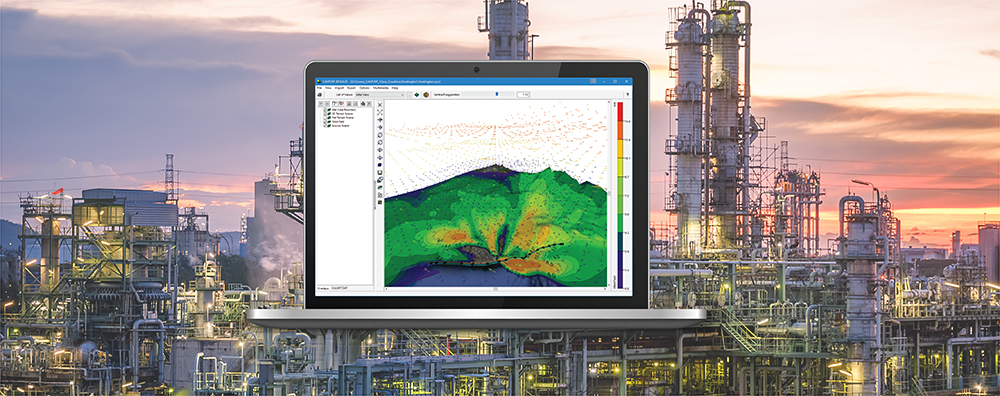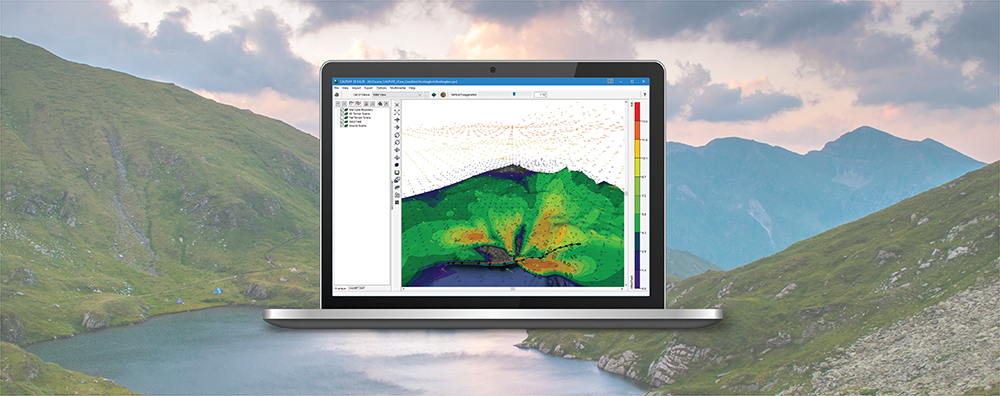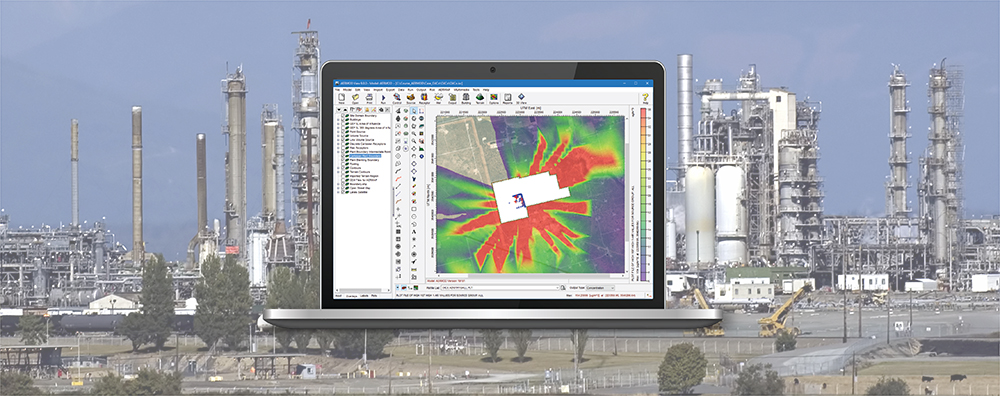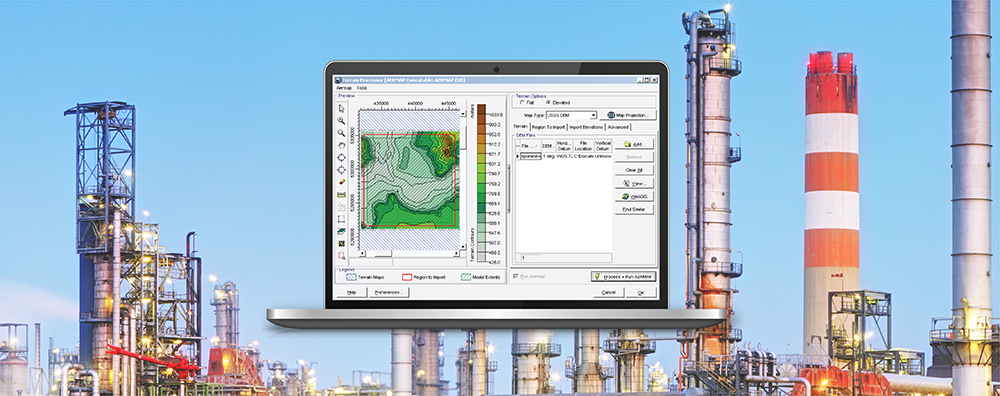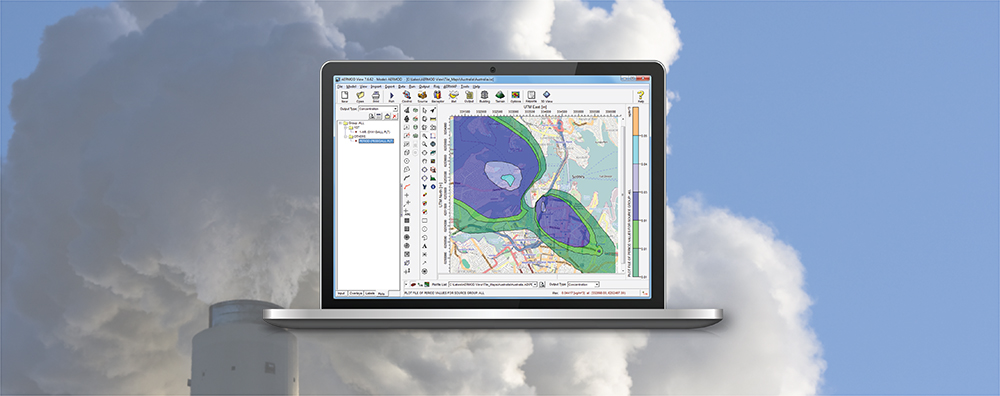AERMOD View: Using Flagpole Receptors
Air dispersion models are only capable of calculating concentration at specific locations. These locations are called receptors. In the U.S. EPA’s AERMOD air dispersion model, concentration calculations at each receptor are done at the ground level as opposed to some height above ground.

